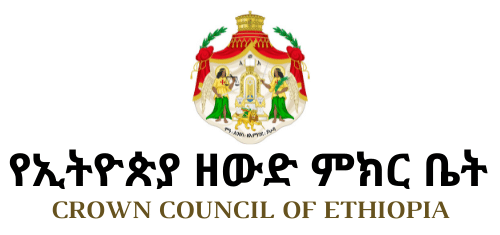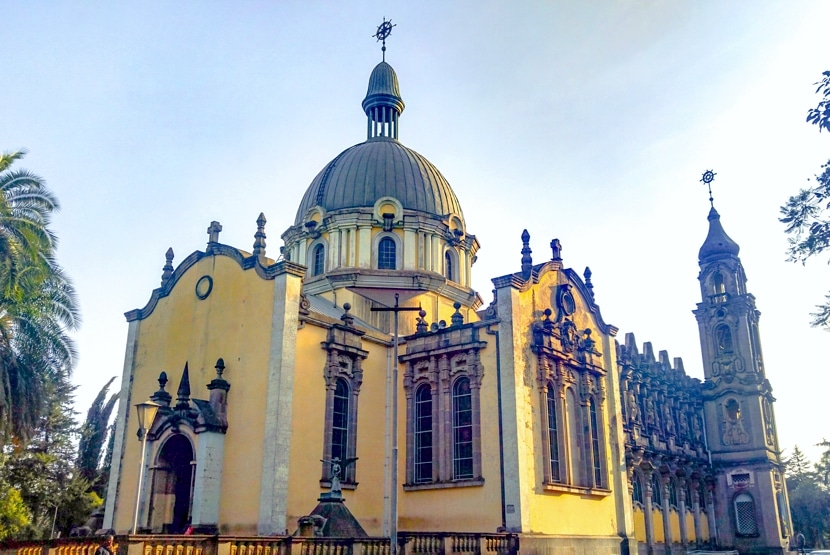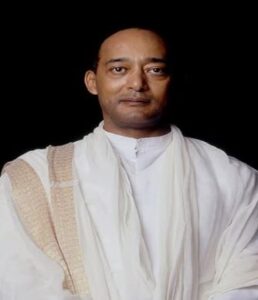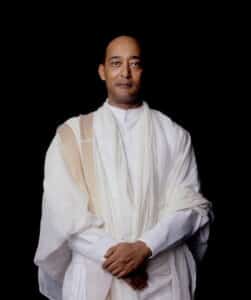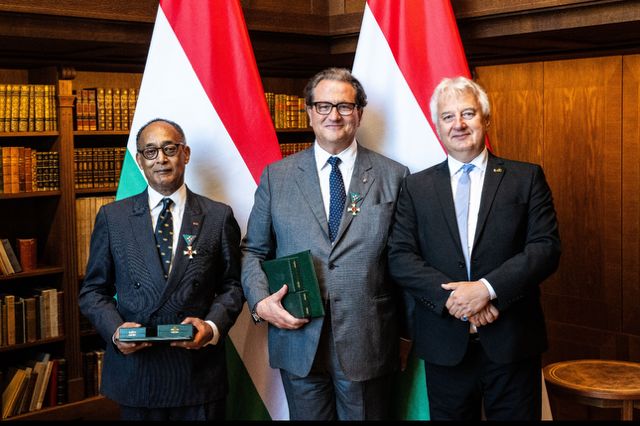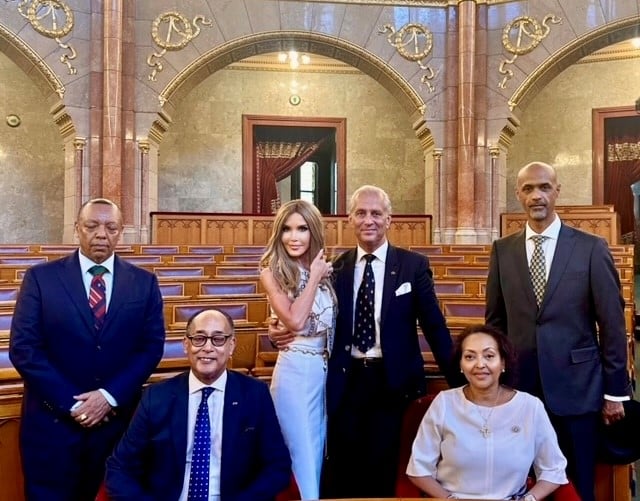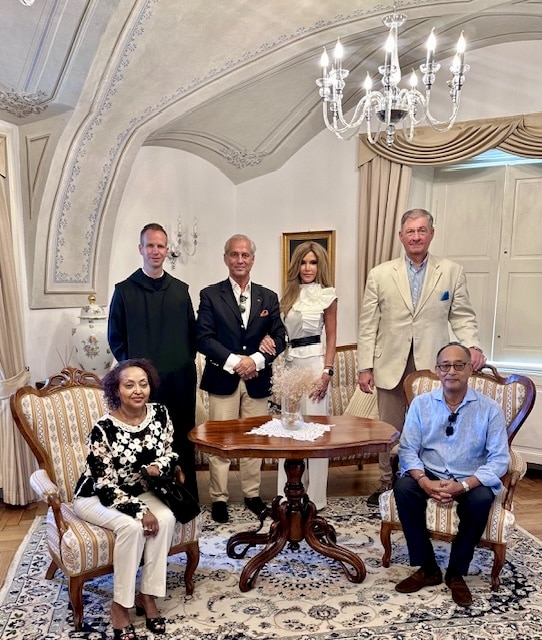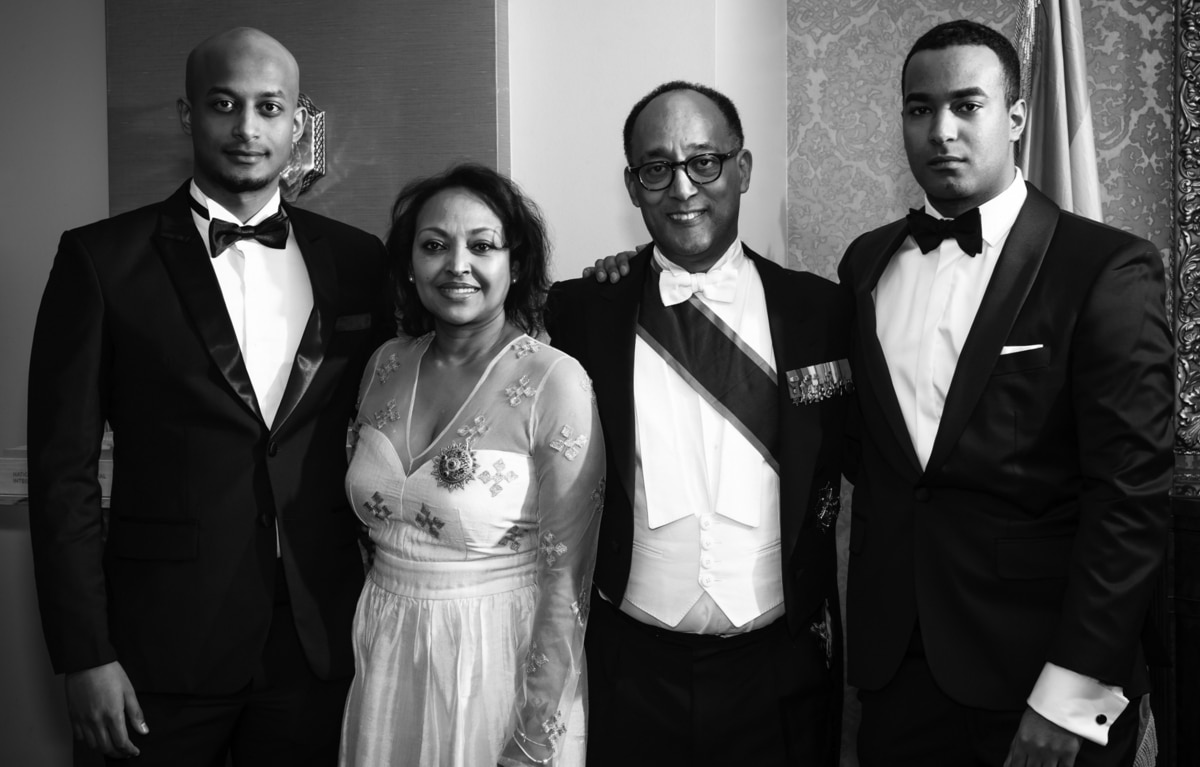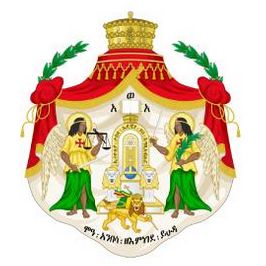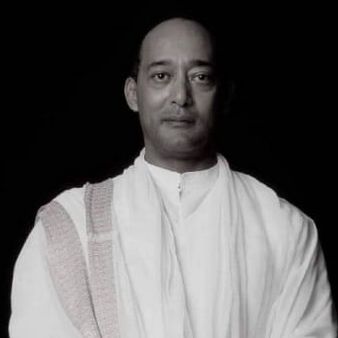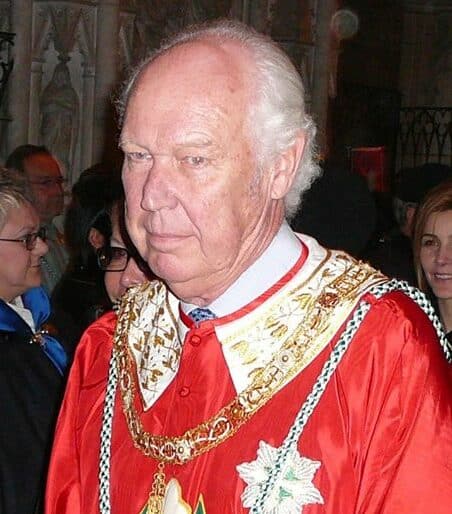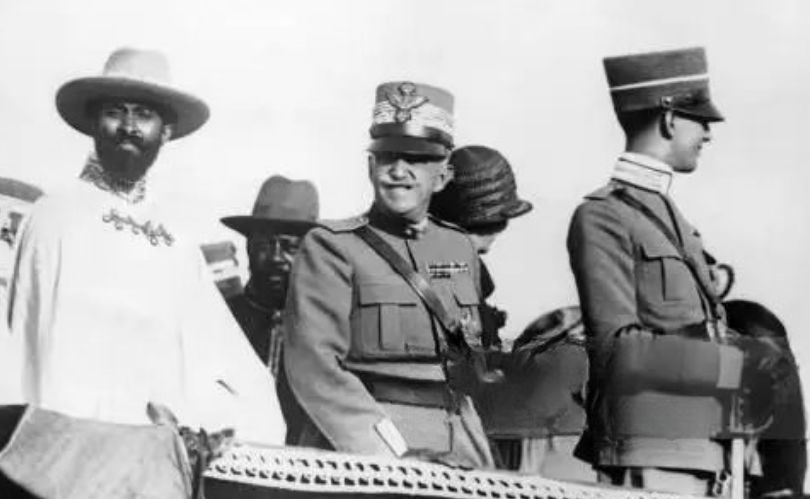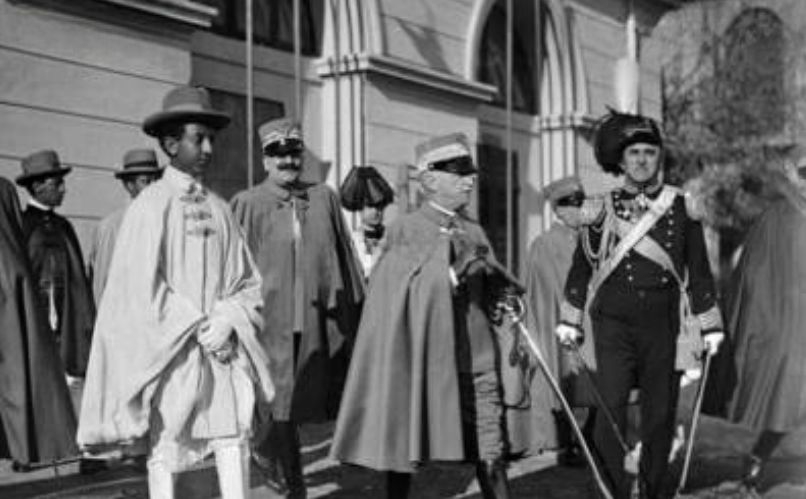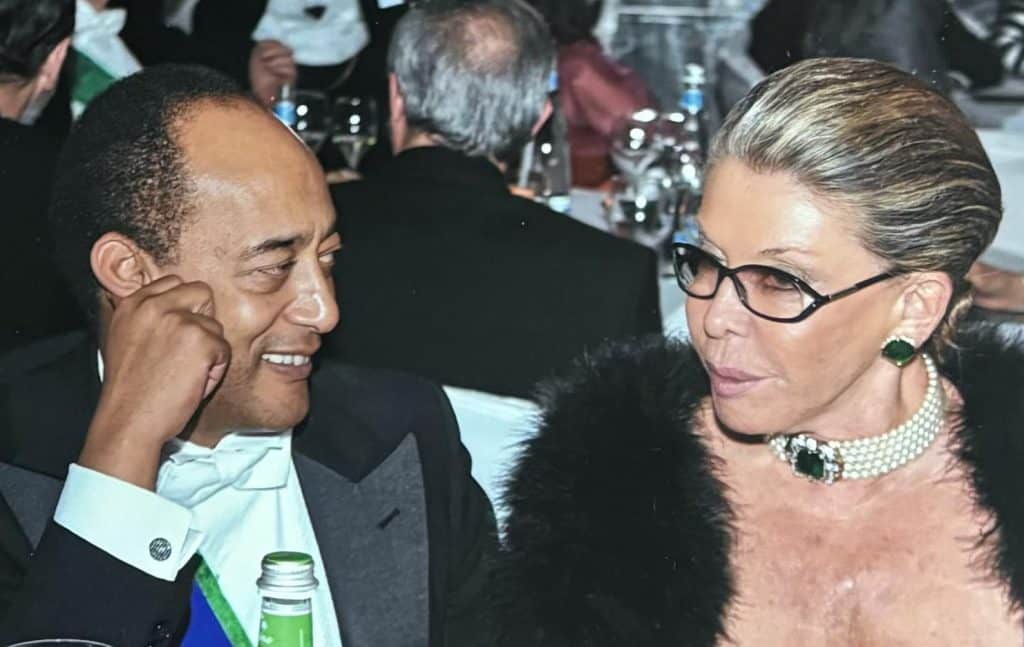
The Ethiopian Crown Council extends its deep condolences to the Roman Catholic Church and its faithful around the world – and particularly to the numerous Catholic congregations in Ethiopia – for the passing last week of His Holiness Pope Francis I. Prince Ermias Sahle-Selassie Haile-Selassie, President of the Crown Council, has released a statement commemorating the late Pope and his legacy of peace and love.
“I had the good fortune to meet His Holiness Pope Francis in May 2021,” Prince Ermias said.[1] “Pope Francis embodied compassion and the courage to work towards peace. His mission will live on in our own work, in our own service, in our decision to advance his values in Ethiopia and around the world.”

When Prince Ermias met with Pope Francis, it renewed a relationship between the Holy See and Ethiopia dating back many centuries. The Vatican had hosted Ethiopian pilgrims ever since the fifteenth century. A century ago, Pope Benedict XV converted a hostel for those pilgrims into the Pontifical Ethiopian College, the only seminary of its kind within Vatican walls, and a special stop on Prince Ermias’s 2021 visit. Prince Ermias’s grandfather, Emperor Haile Selassie I, met with Pope Paul VI in November 1970.
“I was honored,” Prince Ermias said, “to visit Pontifical Ethiopian College during my visit to meet Pope Francis, and I felt as if he and I represented the continuity of our respective legacies, spiritual and secular. But I understood his humanity, his love of the poor, his devotion to his calling to mean that we should not focus on memories of our past, but on building our shared future.”

Prince Ermias noted the Pope’s personal role in the search for peace and reconciliation in the Horn of Africa. “Pope Francis passionately prayed and appealed for peace and stability in South Sudan,” Prince Ermias noted. “We will never forget the moment in 2019 when His Holiness knelt and kissed the feet of South Sudan’s President Salva Kiir and Vice President Riek Machar. We know that he also prayed for peace in Ethiopia after our meeting in 2021. In turn, we now pray that Pope Francis’s transition from mortality to immortality will lead to the restoration of peace and national cohesion in South Sudan, and that Ethiopia’s spiritual and secular leaders will follow his example in praying and working for peace on our own home.”
Prince Ermias also noted, “Pope Francis was known for concluding his audiences with one simple, powerful request: ‘Pray for me.’ And now, with hearts full of faith and memory, we do just that. He was a truly gifted, blessed and humble human being. In this world of uncertainty, fear, and violence, his wisdom will truly be missed. We will pray for his soul in unison.”
[1] https://ethiopiancrown.org/meeting-at-the-vatican-between-hh-pope-francis-i-and-hih-prince-ermias-sahle-selassie/
